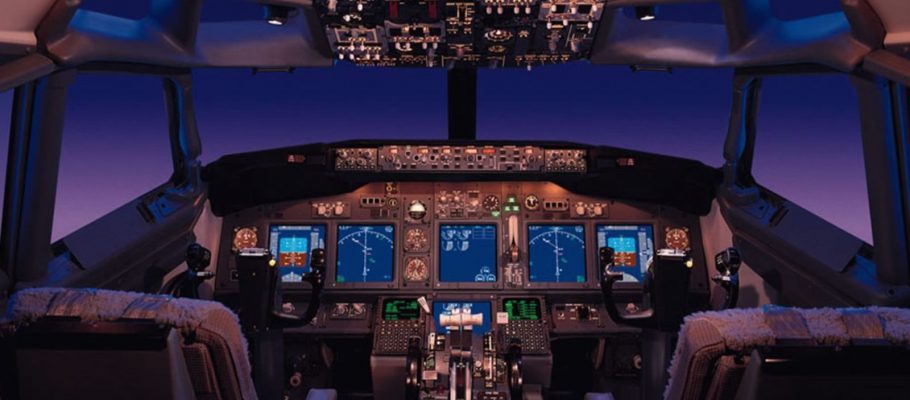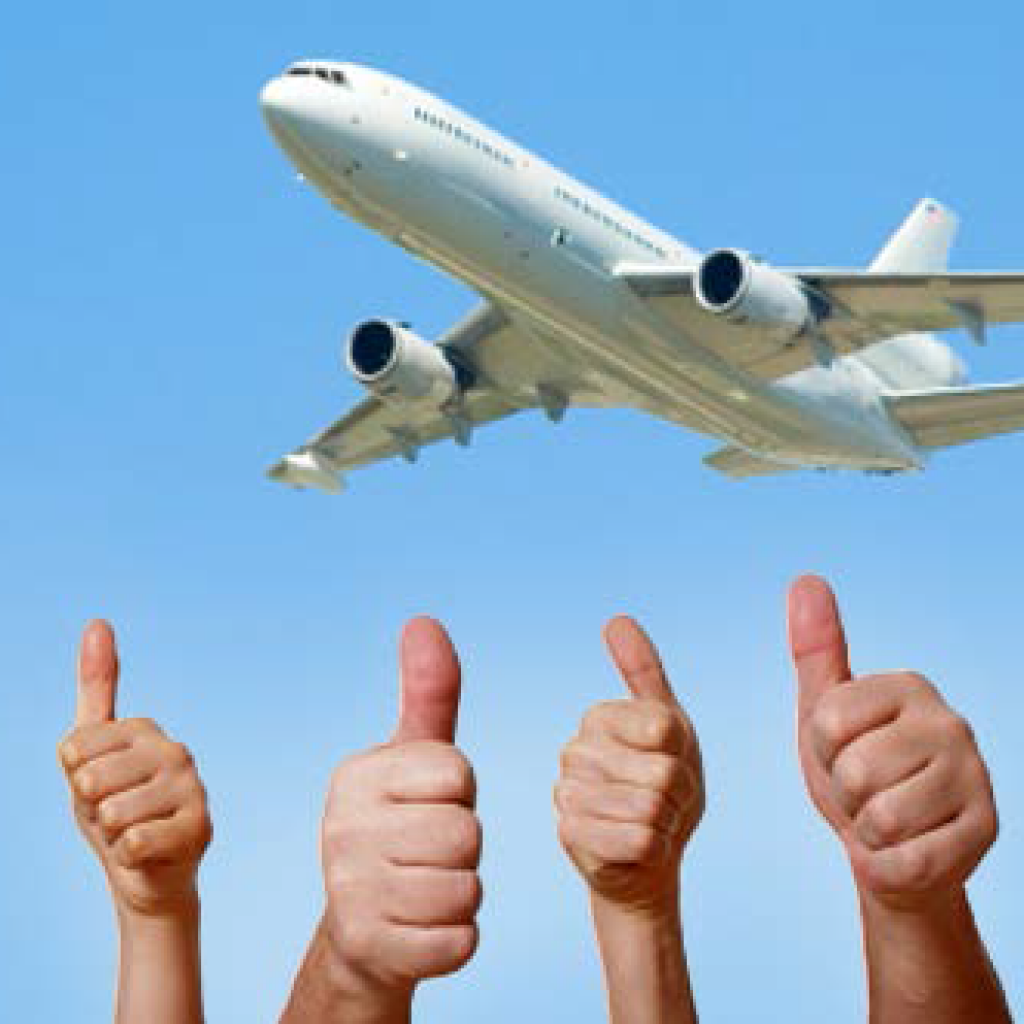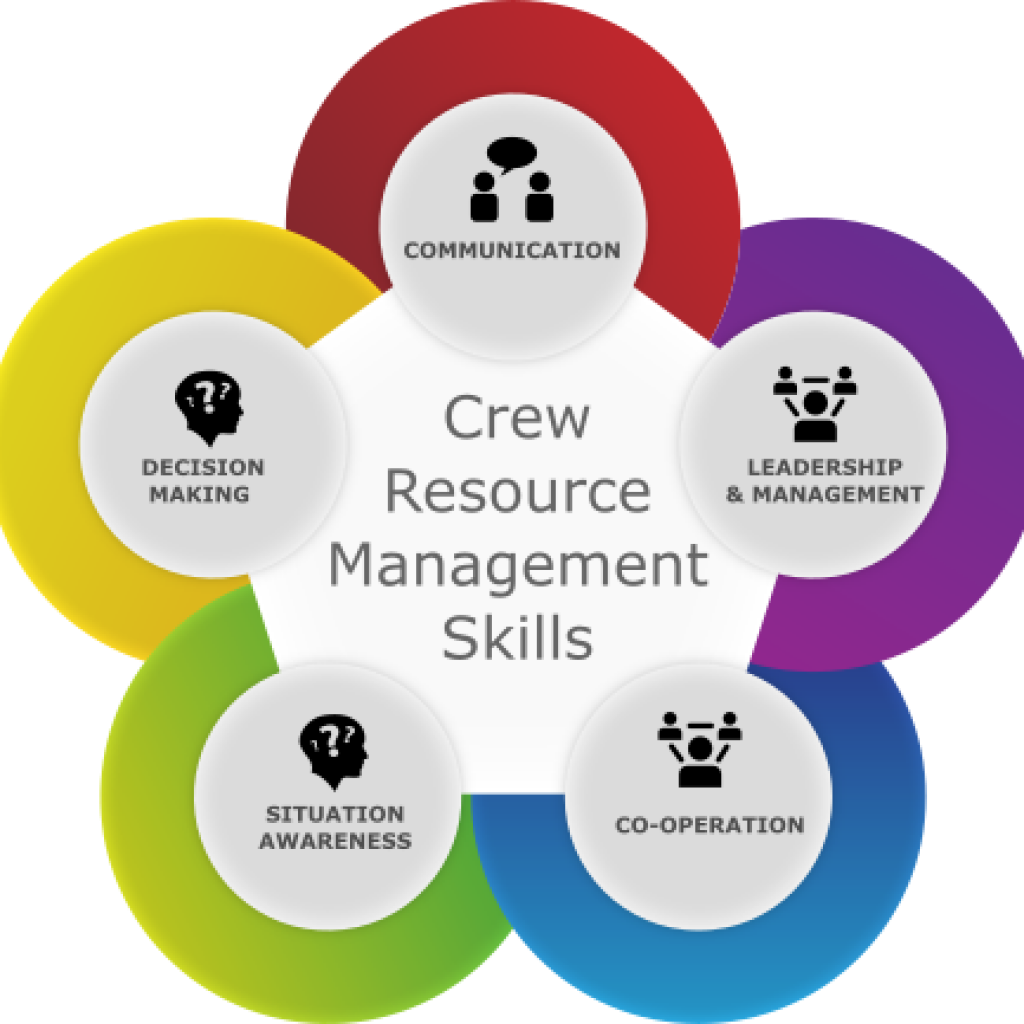
Tamanna Bhatia
Effective Crew Resource Management Training
Around the 1980s, several airlines had developed and were delivering Effective Crew Resource Management (CRM) training. The main objective was to provide situational awareness, especially to the pilots. It was initially called cockpit resource management, and then it was termed crew resource management. The main idea behind CRM training was to develop synergies and teambuilding skills among the crew members. It was considered to be an important part of learning safety measurements. And therefore, in the 1990s, the training included not just the pilots but also the other staff like flight attendants and engineers as everyone played a role in safety.
One of the major drivers behind CRM was the incident in March 1977. Two 747 aircraft – KLM and Pan Am, both bound for Las Palmas in the Canary Islands, were temporarily diverted to Tenerife because the Las Palmas airport had been closed by a terrorist bomb explosion. The KLM flight landed at Tenerife first, and its passengers were deplaned.
The Pan Am flight landed 45 minutes later, but its passengers remained on board. After 15 minutes, the airport at Las Palmas reopened, and the Pan Am flight was ready for departure. However, the KLM flight decided to take on a full load of fuel at Los Rodeos. It blocked the way to the active runway and the Pan Am flight got stuck behind the KLM flight. While the KLM flight was refuelling, the weather condition deteriorated, and the tower lost visibility of both the aircraft. There was a breakdown in communications between the tower and both the airlines. The poor visibility did not allow the two airlines’ crew to see each other and all this added to further miscommunication problems.
KLM was instructed to back taxi and Pan Am was supposed to follow later. But Pan Am did not understand the instructions correctly and could not figure out the exit runway it was instructed to take. The weather condition further deteriorated. The KLM pilot also misunderstood the controller and took off without getting a clearance. It was too late by the time, the Pan Am 747 spotted the KLM 747’s landing lights. Although the Pan Am tried to avoid collision by turning, it could not prevent the mishap. The KLM was briefly airborne, but the collision resulted in it crashing about 500 feet from where the collision took place. The plane was fully fuelled and that also contributed to turning it into a ball of fire.
This incident was caused due to several reasons. To begin with, the KLM Captain’s failure to confirm tower instructions and taking off without clearance and the flight engineer’s failure to warn the captain. Then there were overlapping radio transmissions which made the messages unclear. The investigation also pointed out the use of some non-standard phrases used by the KLM co-pilot and the Tower. Pan Am also continued to exit C-4 instead of exiting at C-3 as directed due to lack of visibility. Finally, it was realised that the airport was forced to accommodate a larger number of aircraft than it could handle safely.

Crew resource management was introduced in the late 1970s in response to NASA accident investigation research. The NASA research reported the human error element involved in aircraft accidents with multiple crews. Introducing CRM at this time was to gain an environment of equal respect, teamwork and cooperation to safely accomplish the mission of the flight.

Later CRM models followed similar teachings but also incorporated better overall decision-making skills. Error management became the focus of the more advance CRM training modules. CRM further evolved into teaching pilots risk management strategies, focusing on workload management, recognising hazardous attitudes or patterns, maintaining situational awareness, and communicating effectively in order to operate efficiently and safely in all aspects of flight.
CRM training was created to optimise human and crew performance by reducing the effect of human error through the use of all resources, including people, hardware (technology) and information (process) to solve problems. Used primarily for improving air safety; CRM also focuses on interpersonal communication, leadership and decision-making in the cockpit.
From the 1990s and 2000s, CRM courses were considered important and were well attended. Most of the airlines held on-site training at their facilities and the entire flight department was expected to complete initial CRM training with recurrent sessions occurring on an annual or biennial basis. However, the trend of on-site training is no more as rigorous as it used to be. CRM was primarily introduced to handle situation awareness and develop a team spirit. These are important aspects and should be given precedence. The new trends like E-Learning programmes cannot replace the conventional methods. Training should be more interactive for better understanding and handling of difficult situations.



